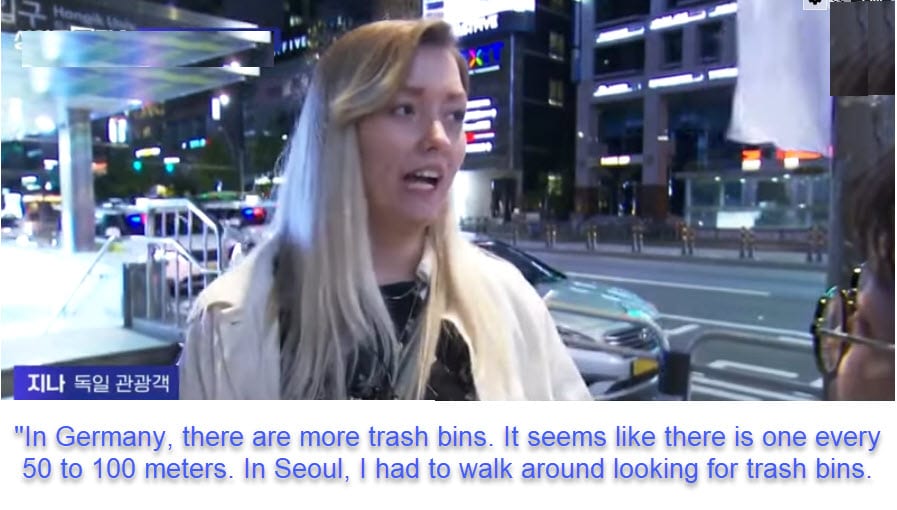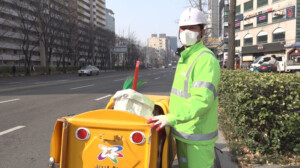The Challenge of Public Trash Bin Availability in Downtown Seoul: A Shift in Policy Direction
In recent times, it is not easy to find public trash bins in downtown Seoul. This is a result of a reduction in the number of trash bins as part of efforts to prevent unauthorized disposal of household waste since the implementation of the waste disposal system in 1995. However, various types of litter, such as disposable coffee cups and cigarette butts, are being indiscriminately discarded on the streets, leading to numerous complaints about inconvenience. In response to the increasing grievances, the policy direction is shifting back towards installing more trash bins.
Controversies Surrounding Public Trash Bin Policies in Seoul
The installation of public trash bins has been a contentious issue for some time. In 2012, Gangnam-gu and Seocho-gu, neighboring districts divided by Gangnam-daero in Seoul, adopted contrasting policies. While Gangnam-gu installed and maintained trash bins, Seocho-gu declared a zero-trash-bin policy. At that time, Seocho-gu argued, based on a sort of ‘broken window theory’ (the criminological theory that visible signs of crime, like broken windows, can lead to further crime and disorder), that having trash bins would make the streets more untidy and, as a result, removed all the bins. However, Seocho-gu struggled with illegal dumping of trash, and eventually, in 2016, introduced ‘Seoripul Cup,’ a recycling bin for separated collection of recyclables. This decision was driven by significant changes in the environment, particularly the widespread adoption of the coffee takeout culture.
[Seoripul Cup]
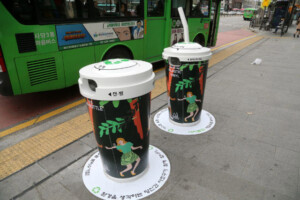
While the public trash bins in downtown Seoul continue to decrease, each district is experiencing a similar issue. As illegal dumping becomes increasingly severe in various areas, there is a growing demand to expand the number of trash bins. Some argue that having trash bins is better as it would confine litter to those areas, improving the city’s aesthetics and cleanliness.
[Current Status of Public Trash Bin Installation in Seoul City]
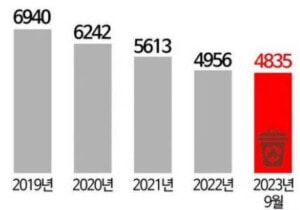
Given the current situation, the Seoul Metropolitan Government plans to expand the number of public trash bins to 5,500 by the end of this year, 6,500 by 2024, and further to 7,500 by 2025. The city deems it necessary to install trash bins primarily in bus stops and areas with high pedestrian traffic. To achieve this, the city is progressively seeking cooperation from local districts for the gradual expansion of installations.
[Discarded cigarette butt on the street]
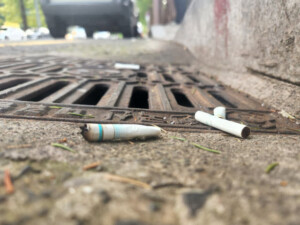
Experts argue that expanding the installation of public trash bins is crucial for preventing littering on the streets and for the convenience of tourists. One significant aspect of this argument is related to tourists. Without sufficient trash bins, foreigners may not know where to dispose of their trash and might end up littering on the streets. Globally, many countries have already installed public trash bins for urban aesthetics and to address these issues.
